
Unsealed hardwood floors are renowned for their natural beauty and timeless appeal. However, maintaining their pristine condition requires a bit more effort compared to their sealed counterparts. Deep cleaning unsealed hardwood floors is essential to preserve their elegance and longevity. Unlike sealed floors, unsealed hardwood is more porous, making it susceptible to dirt, grime, and spills that can penetrate the surface.
Understanding the unique needs of unsealed hardwood is the first step in ensuring your floors remain in top-notch condition. This guide will walk you through the effective methods and techniques to deep clean your unsealed hardwood floors, ensuring they stay beautiful and inviting. From preparation to the actual cleaning process, we’ll provide you with the essential tips and tricks to achieve the best results.
At Tidyups Cleaning Service Inc, we specialize in delivering top-notch cleaning solutions tailored to your needs. Visit our website to learn more and get your FREE Quote today! Click here.
Preparing Your Unsealed Hardwood Floors for Cleaning
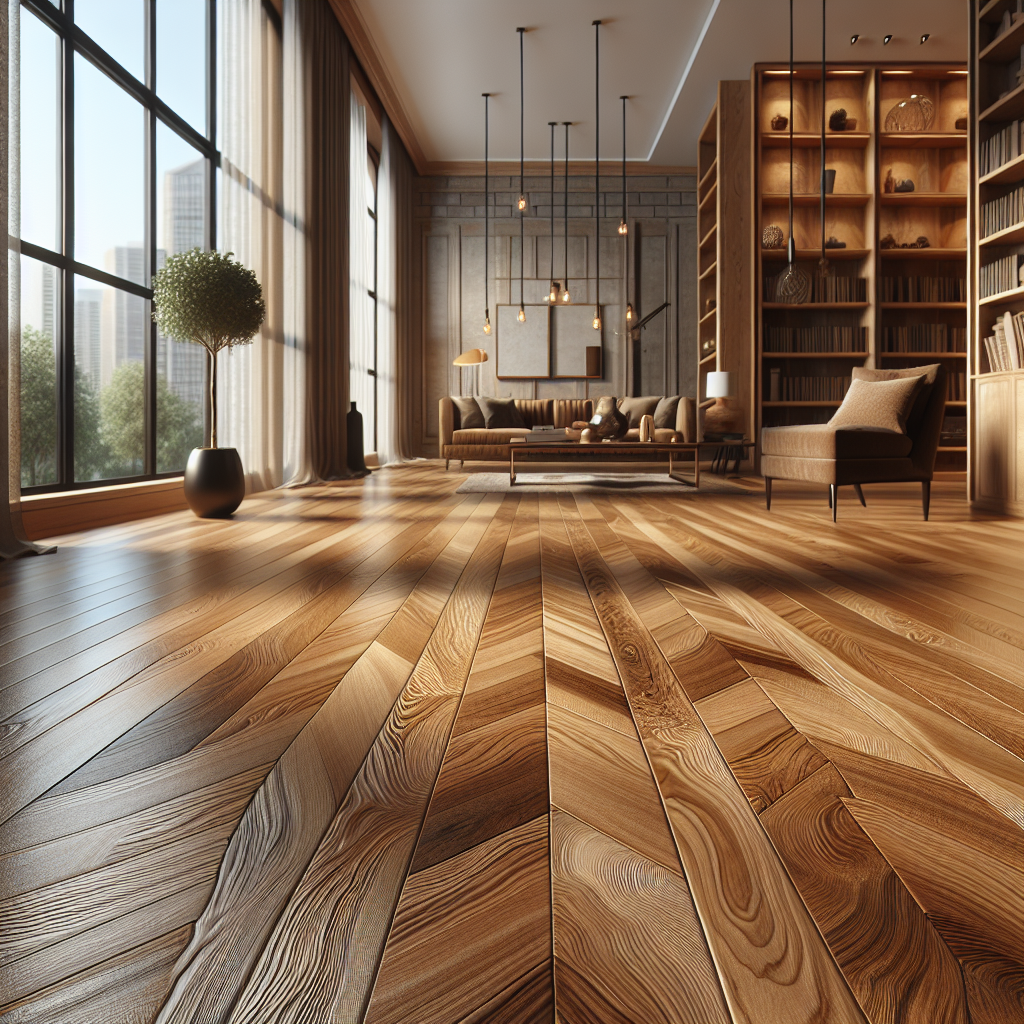
Before you dive into deep cleaning your unsealed hardwood floors, proper preparation is crucial. This ensures that the cleaning process is effective and that your floors are protected throughout. Begin by clearing the area of all furniture and rugs. This will give you unobstructed access to the entire floor surface, allowing for a thorough clean.
Next, it’s essential to remove any loose dirt and debris. Use a soft-bristled broom or a vacuum with a hardwood floor attachment to sweep the floor gently. Avoid using a vacuum with a beater bar, as this can scratch the delicate surface of unsealed hardwood. For corners and hard-to-reach places, a handheld vacuum or a dustpan and brush will work wonders.
Once the loose dirt is removed, inspect the floor for any stains or spots. Address these areas with a damp cloth and a mild soap solution. Be cautious not to saturate the cloth, as excessive moisture can seep into the wood and cause damage. Gently blot the stains, and avoid rubbing, which can spread the stain further.
By taking these preparatory steps, you set the stage for a successful deep cleaning session. Proper preparation not only enhances the effectiveness of the cleaning process but also helps protect your unsealed hardwood floors from potential damage. Stay tuned as we delve into the actual cleaning methods that will leave your floors sparkling clean.
Essential Tools and Materials for Cleaning
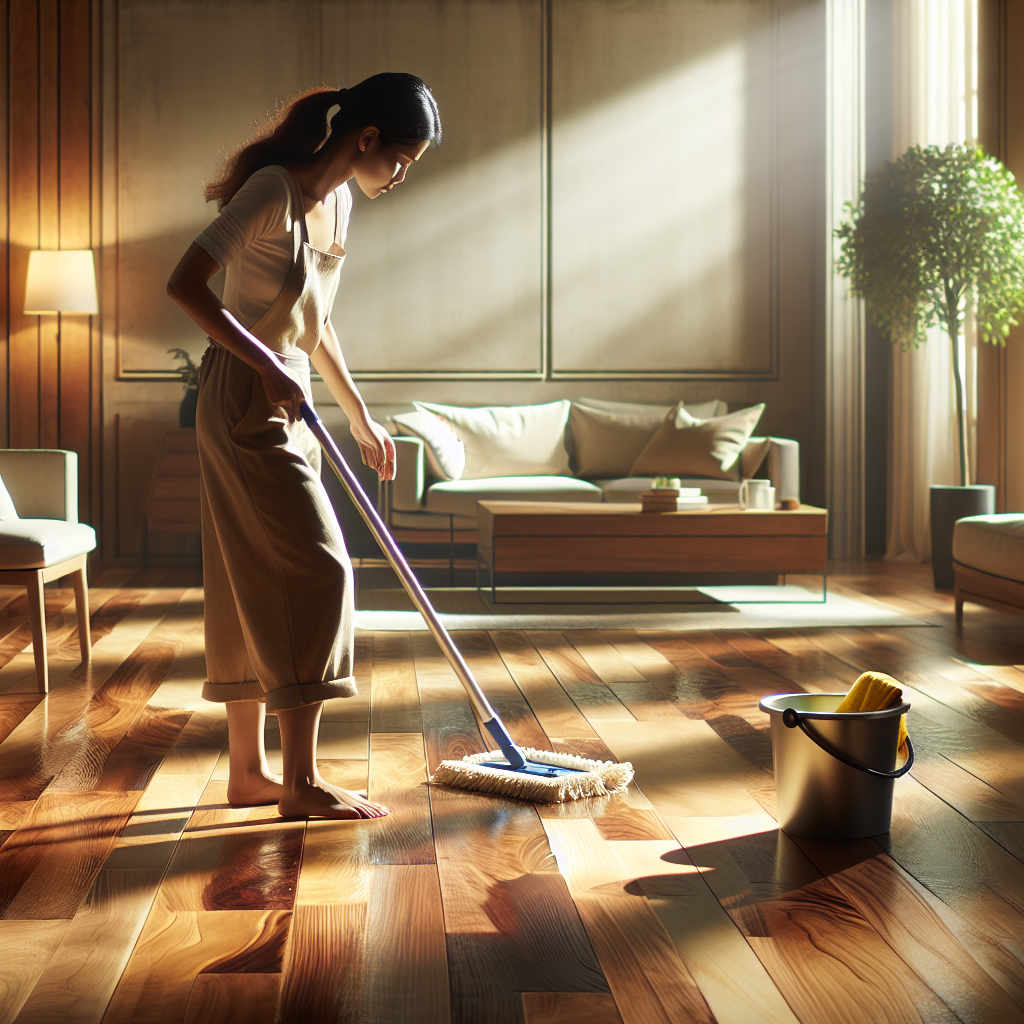
Equipping yourself with the right tools and materials is fundamental to effectively deep clean unsealed hardwood floors. Having the appropriate supplies on hand ensures that the process is smooth and your floors are treated with care.
First and foremost, you’ll need a soft-bristled broom or a vacuum cleaner with a hardwood floor attachment. These tools are essential for removing loose dirt and debris without scratching the floor’s surface. A broom with gentle bristles or a vacuum without a beater bar is ideal.
For the actual cleaning, a microfiber mop is highly recommended. Microfiber is gentle on hardwood and effective at picking up dust and grime. Unlike traditional mops, microfiber mops require less water, which is crucial since unsealed hardwood is particularly susceptible to moisture damage. Alongside the mop, you’ll need a bucket to hold your cleaning solution.
Speaking of cleaning solutions, it’s crucial to choose a mild, pH-neutral cleaner specifically designed for hardwood floors. Avoid harsh chemicals or abrasive cleaners, as these can harm the wood. If you prefer a DIY approach, a simple mixture of water and a few drops of mild dish soap can work well.
In addition to these tools, keep a supply of soft, lint-free cloths or microfiber cloths for spot cleaning and drying the floor. These cloths are gentle on the wood and help prevent water from seeping into the unsealed surface.
By gathering these essential tools and materials, you’ll be well-prepared to tackle the deep cleaning process efficiently and safely. With the right equipment, you can maintain the beauty and longevity of your unsealed hardwood floors.
Step-by-Step Guide to Deep Clean Unsealed Hardwood Floors
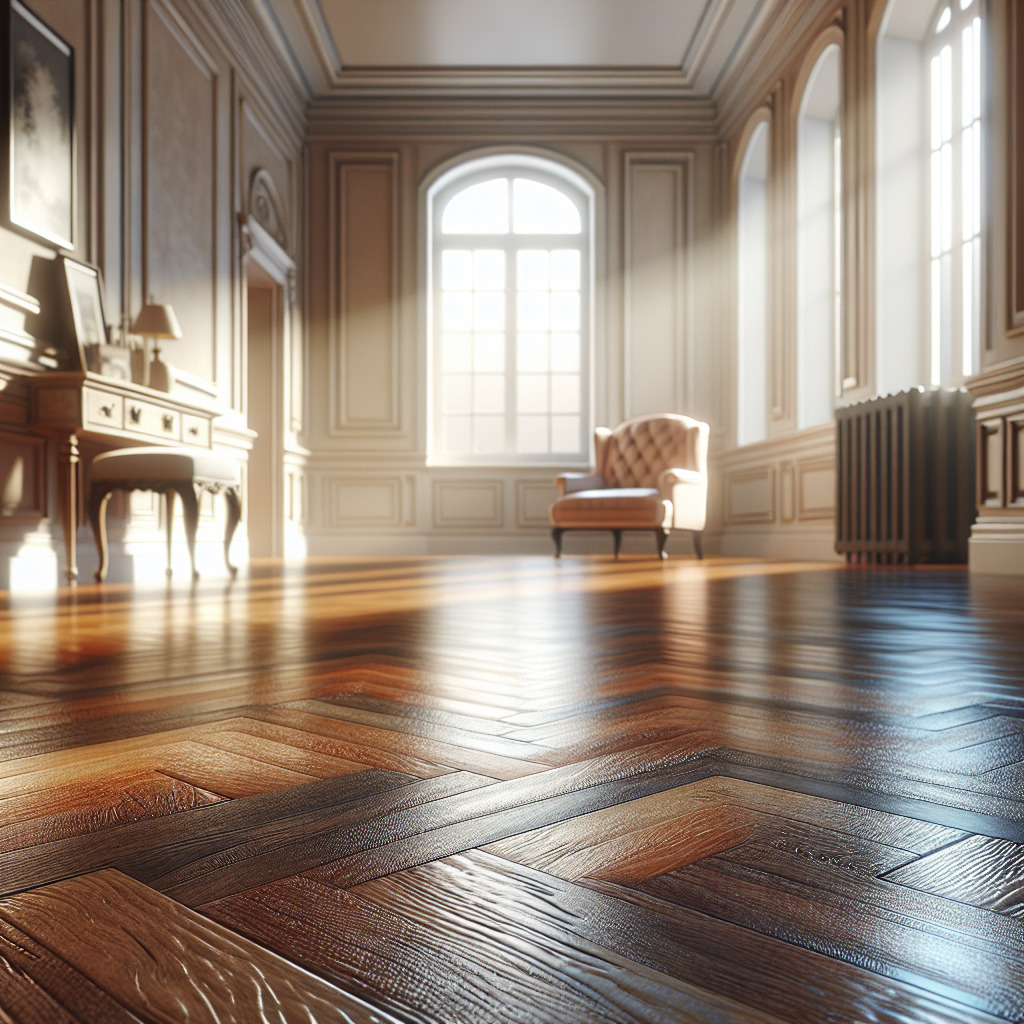
Deep cleaning unsealed hardwood floors requires a methodical approach to ensure thoroughness and protect the wood. Follow this step-by-step guide to achieve pristine results without causing damage:
- Remove Loose Dirt and Debris: Start by sweeping the floor with a soft-bristled broom or using a vacuum cleaner with a hardwood floor attachment. This step is crucial to prevent scratches during the wet cleaning process.
- Prepare Your Cleaning Solution: Fill a bucket with warm water and add a few drops of a mild, pH-neutral cleaner designed for hardwood floors. Alternatively, you can use a mixture of water and mild dish soap.
- Dip and Wring the Mop: Dip your microfiber mop into the cleaning solution, then wring it out thoroughly. The mop should be damp, not wet, to avoid excessive moisture that can damage unsealed wood.
- Mop the Floor: Begin mopping in small sections, working your way across the floor. Use a gentle, circular motion to lift dirt and grime. Pay special attention to areas with stubborn stains, applying a bit more pressure if needed.
- Spot Clean Stains: For any remaining spots or stains, use a soft, lint-free cloth dipped in the cleaning solution. Gently rub the stained area until it is clean, then wipe it dry immediately.
- Dry the Floor: After mopping, go over the floor with a dry microfiber cloth or mop to remove any excess moisture. This step is essential to prevent water from seeping into the wood and causing damage.
- Inspect and Repeat if Necessary: Once the floor is dry, inspect it for any areas that may need additional cleaning. Repeat the mopping and drying process as needed to ensure the entire floor is spotless.
By following these steps, you can effectively deep clean your unsealed hardwood floors, maintaining their natural beauty and extending their lifespan. Remember, the key is to work gently and avoid excessive moisture to protect the integrity of the wood.
Tips to Maintain Unsealed Hardwood Floors
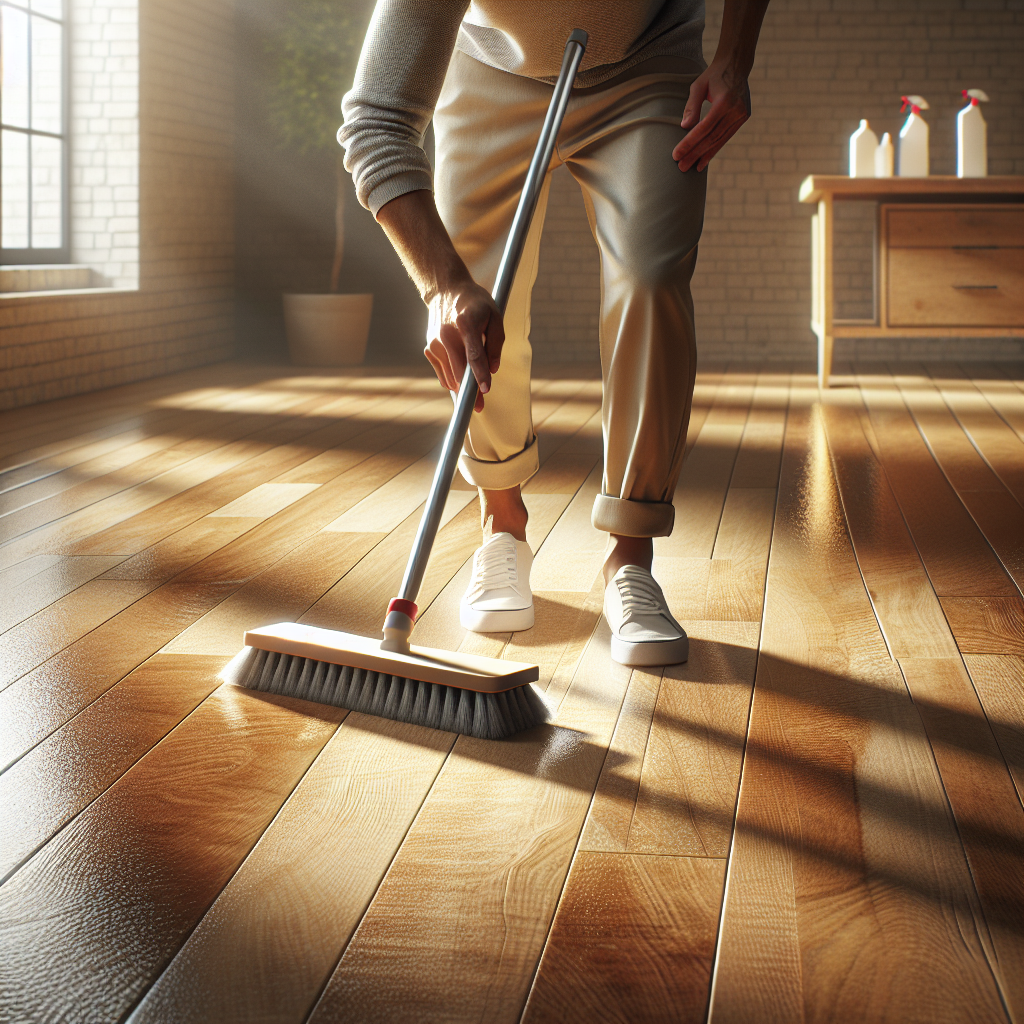
Maintaining unsealed hardwood floors requires regular care and attention to preserve their natural beauty and longevity. Here are some essential tips to help you keep your floors in top condition:
- Regular Sweeping or Vacuuming: Dust and dirt can easily scratch unsealed wood surfaces. Use a soft-bristled broom or a vacuum cleaner with a hardwood floor attachment to remove debris at least once or twice a week.
- Immediate Spill Cleanup: Unsealed hardwood floors are more susceptible to water damage. Promptly wipe up any spills with a dry cloth to prevent moisture from penetrating the wood.
- Use Protective Pads: Place felt pads or coasters under furniture legs to prevent scratches and dents. Be sure to check and replace these pads regularly as they can wear out over time.
- Rugs and Mats: Use area rugs and mats in high-traffic areas and entryways to reduce wear and tear on your floors. Make sure to choose rugs with a non-slip backing to prevent accidents.
- Avoid Harsh Cleaners: Stick to pH-neutral, mild cleaners specifically designed for hardwood floors. Avoid using harsh chemicals, abrasive scrubbers, or steam cleaners, as they can damage the wood.
- Control Humidity Levels: Fluctuating humidity can cause unsealed wood to expand and contract. Use a humidifier in dry seasons and a dehumidifier during humid periods to maintain a consistent indoor environment.
- Use Soft Footwear: Encourage family members and guests to wear soft-soled shoes or slippers indoors. Avoid high heels and heavy boots, which can dent and scratch the floor.
- Regular Inspections: Periodically inspect your floors for signs of damage or wear. Early detection can help you address issues before they become more serious problems.
By incorporating these maintenance tips into your cleaning routine, you can keep your unsealed hardwood floors looking pristine and ensure they remain a beautiful feature of your home for years to come.
Common Mistakes to Avoid When Cleaning Unsealed Hardwood Floors
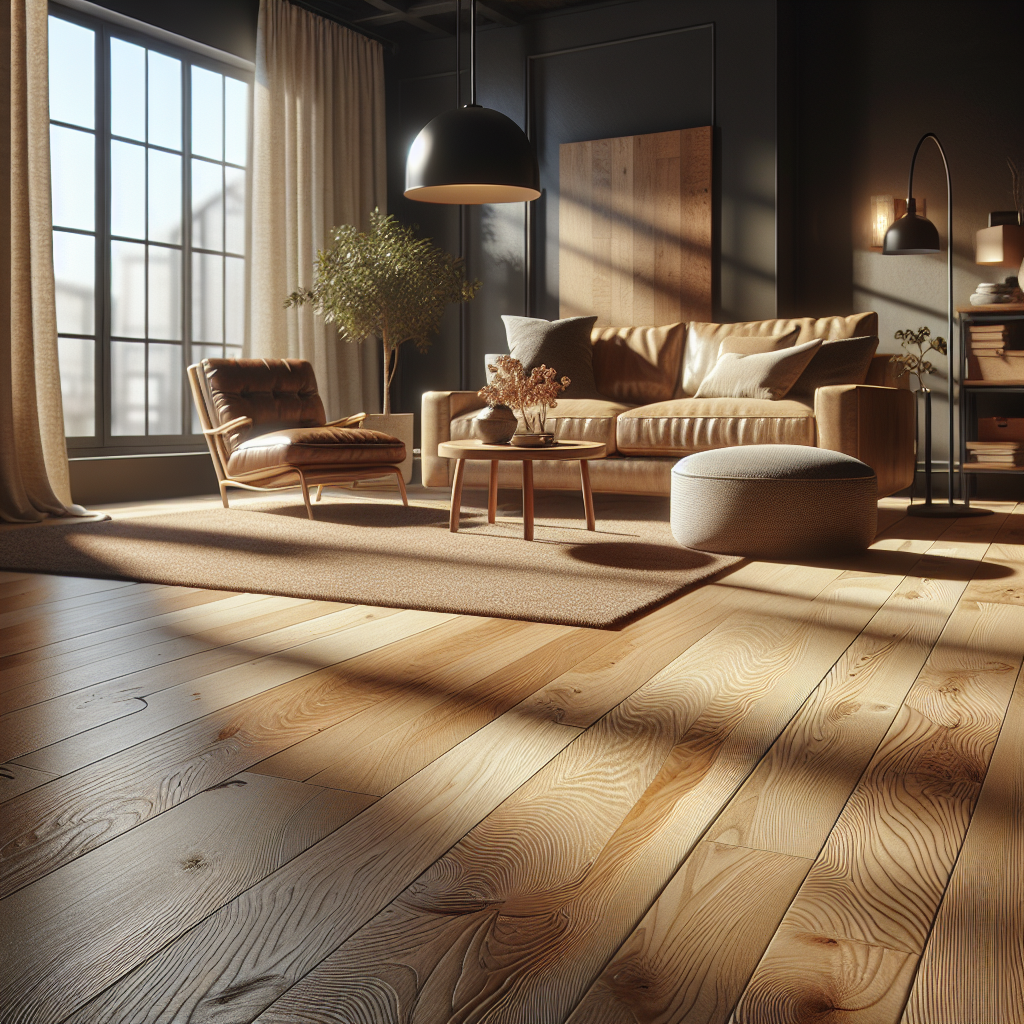
Cleaning unsealed hardwood floors can be tricky, and making mistakes can lead to long-term damage. Here are some common errors to avoid to ensure your floors remain beautiful and durable:
- Using Excess Water: One of the biggest mistakes is using too much water when cleaning. Unsealed wood absorbs water quickly, leading to warping, swelling, and potential mold growth. Use a slightly damp mop or cloth instead.
- Applying Harsh Chemicals: Avoid using ammonia, bleach, or other harsh cleaning agents. These chemicals can strip the wood of its natural oils, causing it to dry out and crack. Opt for pH-neutral, wood-safe cleaners.
- Skipping Routine Cleaning: Neglecting regular maintenance can result in dirt and grime buildup, which can scratch and damage the wood surface. Make sweeping or vacuuming part of your weekly routine.
- Ignoring Spills: Allowing spills to sit can cause stains and water damage. Wipe up any liquids immediately with a dry cloth to protect your floors.
- Using Abrasive Tools: Steel wool, hard-bristle brushes, and abrasive pads can scratch and damage the surface of unsealed wood. Always use soft, non-abrasive materials for cleaning.
- Not Protecting High-Traffic Areas: Failing to use rugs or mats in high-traffic areas can lead to uneven wear and tear. Place rugs in entryways and hallways to extend the life of your floors.
- Overlooking Furniture Protection: Furniture legs can scratch and dent unsealed hardwood floors. Use felt pads under all furniture legs and check them regularly to ensure they haven’t worn out.
- Using a Steam Cleaner: Steam cleaners can force moisture into the wood, causing expansion, contraction, and eventual damage. Stick to dry or slightly damp cleaning methods.
By avoiding these common mistakes, you can help preserve the beauty and integrity of your unsealed hardwood floors. For more tips and professional cleaning services, visit our website to learn more and get your FREE Quote today! Click here.



Comment (1)
Understanding the Deep Cleaning Procedure Code Simplified - YEG Cleaning Services
says October 02, 2024 at 1:19 am[…] the realm of professional cleaning, the deep cleaning procedure code stands as a cornerstone for ensuring the highest standard of cleanliness. This code […]